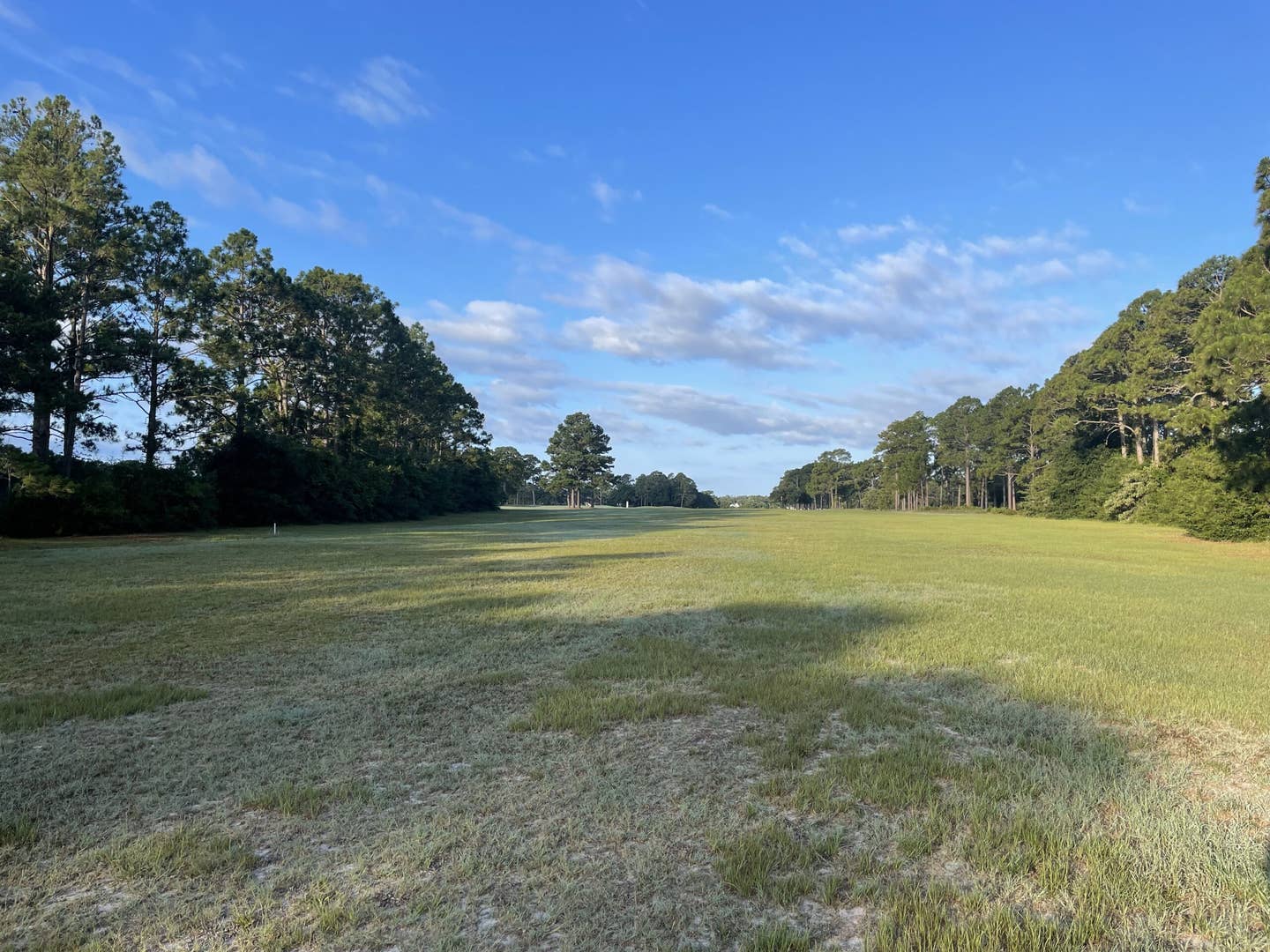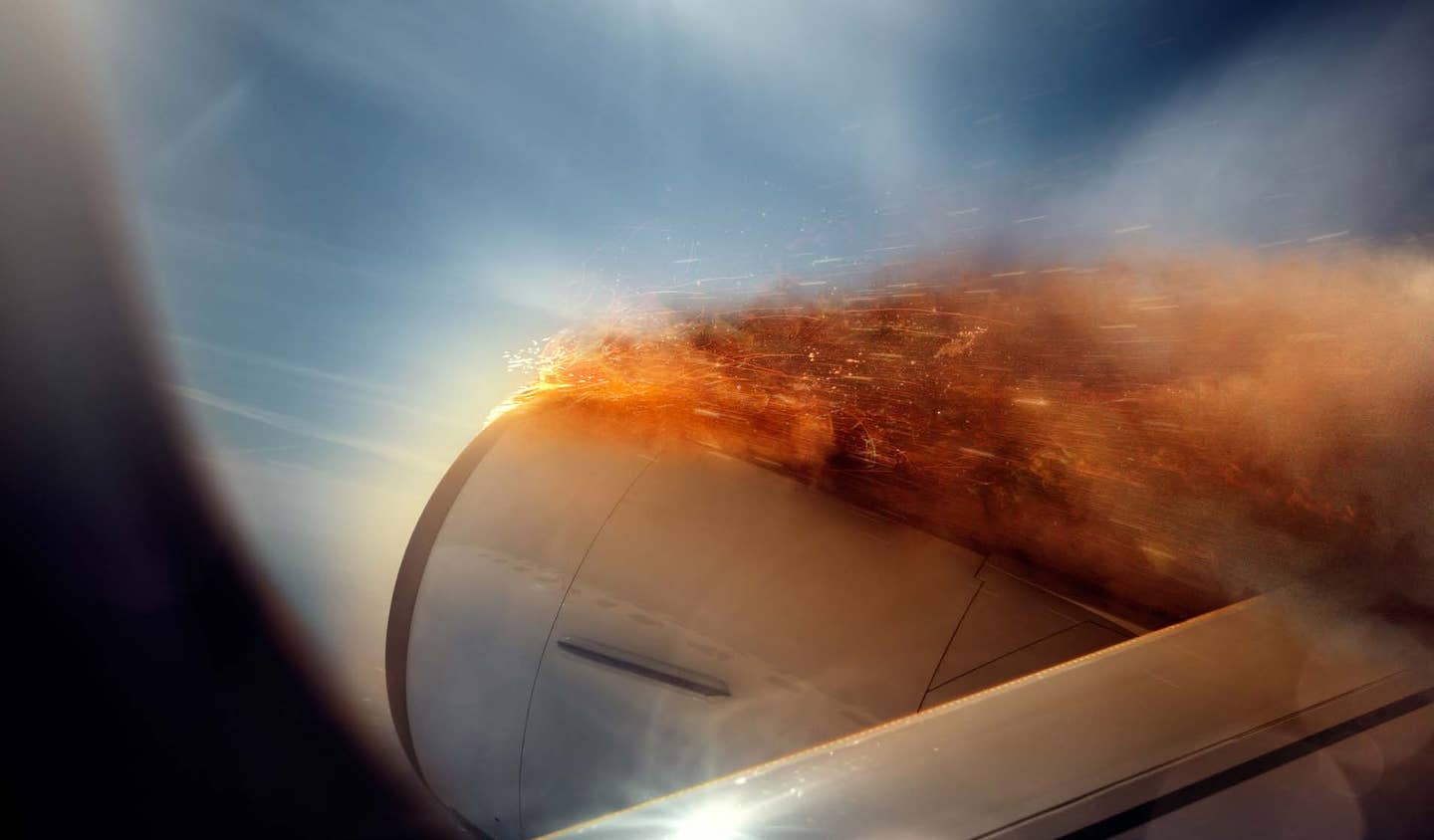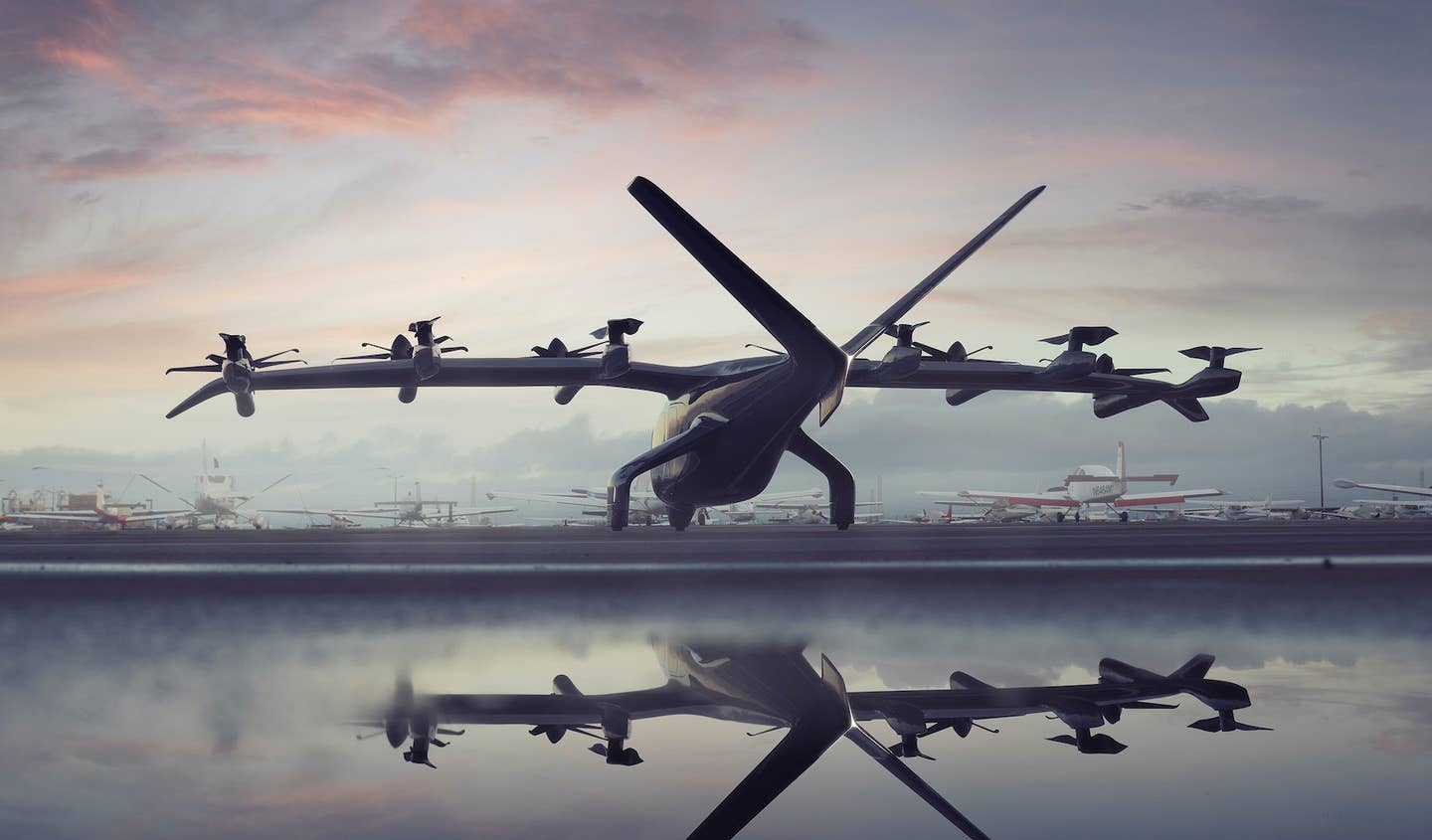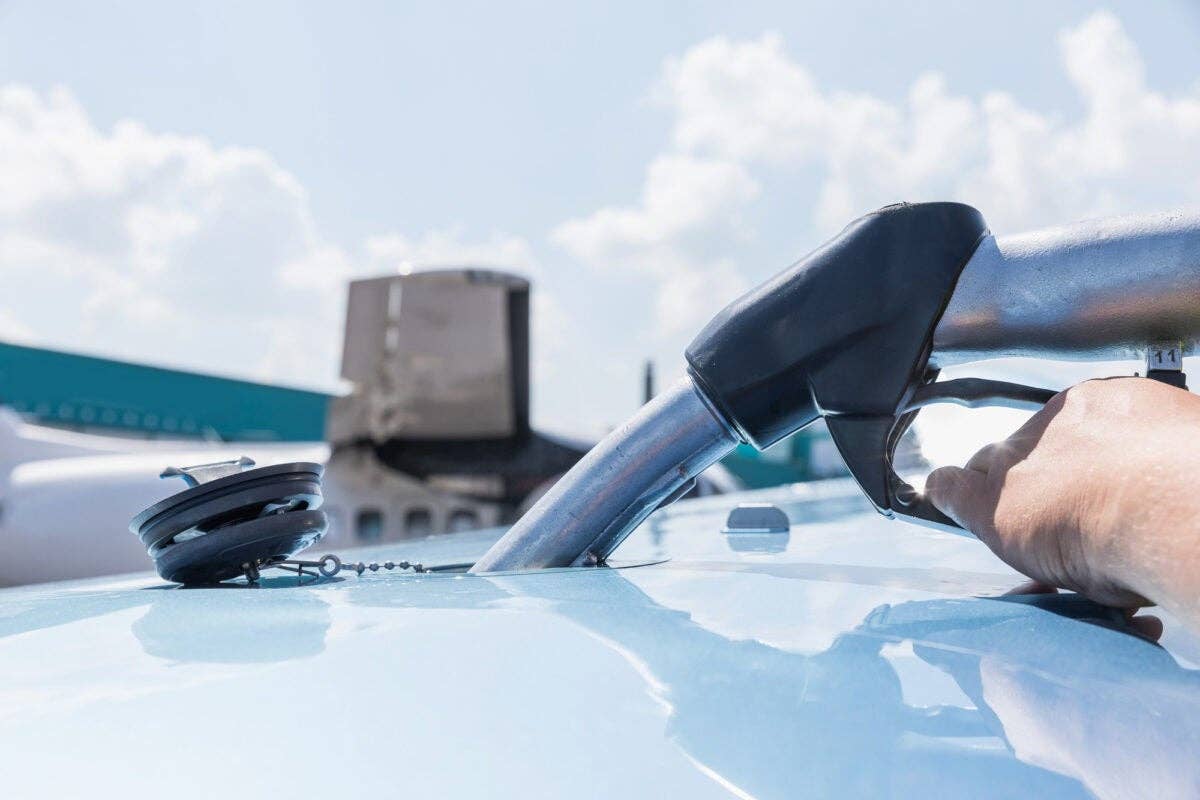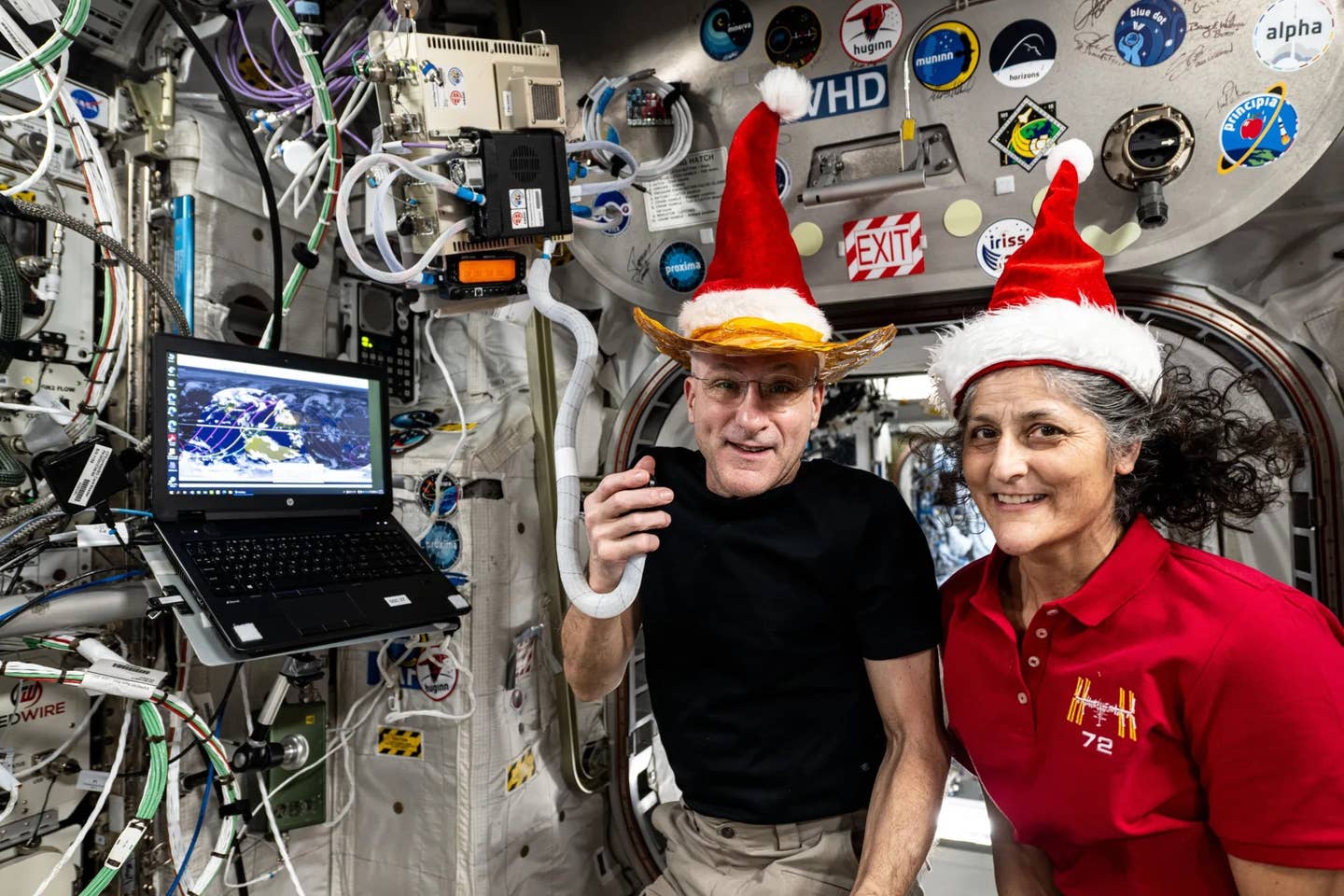Eclipse by Air: The Pilot Perspective
A charter pilot describes the experience of viewing the solar eclipse from the cockpit.

A total solar eclipse is seen from the Indianapolis Motor Speedway, Monday in Indianapolis, Indiana. [Courtesy: NASA/Joel Kowsky]
April 8 may go down in aviation history as the busiest day for GA, as thousands of pilots took to the air to watch the solar eclipse.
According to Flightradar24, a distinct line of aircraft clustered along the path of totality. The aircraft were shown as gold icons, and the clusters on that day were reminiscent of goldfish swarming for food.
But not every pilot who went up was there just to watch the show in the sky. Some pilots were working and providing transportation, and the eclipse was just an extra attraction.
One of these pilots was David Nelson, the captain of a Dassault Falcon 900 EASy who started his day with an 8 a.m. PST launch from Seattle, headed east. Nelson had passengers with meetings to get to, so the purpose of the flight was not necessarily to view the eclipse, but he knew the route would take them across the path of totality.
General aviation traffic tracking #Eclipse2024, beginning at 08:00 EDT this morning. Convergence of most flights in the path of totality happens at 19:00 UTC. pic.twitter.com/pNBSBPGkwz
— Flightradar24 (@flightradar24) April 8, 2024
"I had downloaded AOPA’s Eclipse App for ForeFlight, and we had determined that our flight plan would cross the path of the eclipse totality soon after we passed the Fort Wayne [Indiana] VOR," Nelson told FLYING. "Around South Dakota I took my first look at the sun and could not see the moon at all. Passing through Iowa, I took my next look at the sun and saw that the moon was just starting to cover a bit of the sun."
Nelson said the crew didn't really notice any changes in the environment, and at one point they tried to take photographs through a dark lens—but that didn't work so well.
"As we continued on, it became obvious that it was not a normal flight day as the daylight was dimmer," he said. "One of the last times I looked at the sun before we began our descent, there was just a sliver left showing. I’d estimate it was 90 percent to 95 percent covered."
According to Nelson, the celestial event reduced the light in the cockpit as if it was dusk.
"[Only] with the sun still high overhead,” he said. “Also, the stratus clouds were more of a light gray than their normal white as we looked down on them."
The effects of the eclipse were still apparent when the flight landed on the East Coast as they disembarked in decreased light and cooler temperatures than expected.
"Overall, since we didn’t experience a total eclipse, it was different from what I experienced on the ground in 2017,” Nelson said. “But it was still a unique event and to be able to watch the moon cover most of the sun from 41,000 feet was an experience I’ll remember for a long time."
NASA's Eclipse Experiments
NASA sent up aircraft during the eclipse for scientific experiments. The space agency uses three WB-57s because they can fly much higher than commercial aircraft and don't have to worry about clouds blocking their view.
The altitude flown puts the jets above most of the Earth's atmosphere, resulting in clearer images that wouldn't be possible from the ground. Because of the speed at which jets travel, they are able to stay within the eclipse longer than it travels over the ground, basically flying with it as it moves across the Earth.

Sign-up for newsletters & special offers!
Get the latest FLYING stories & special offers delivered directly to your inbox

